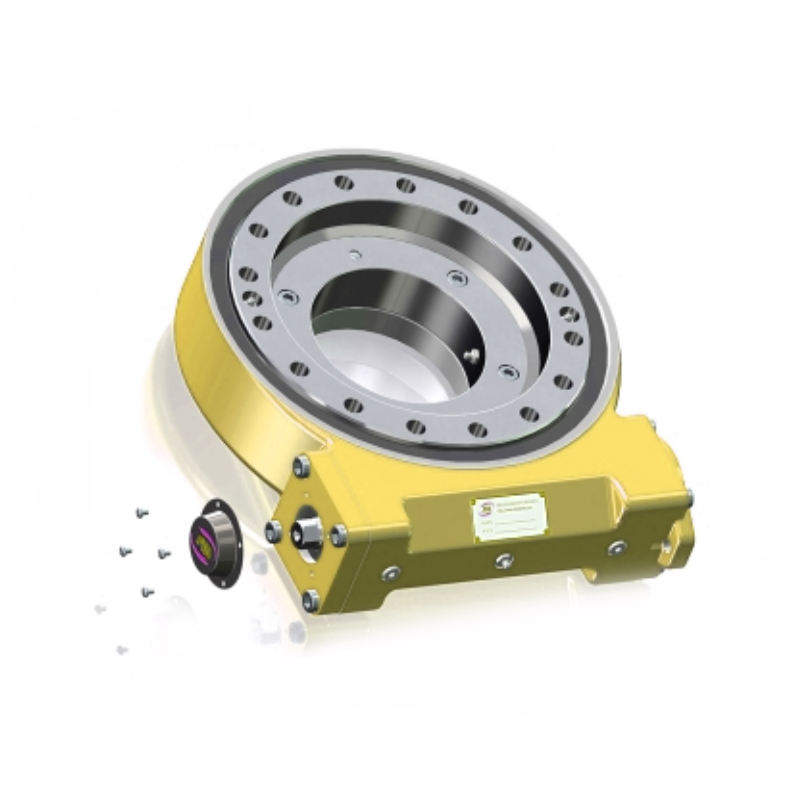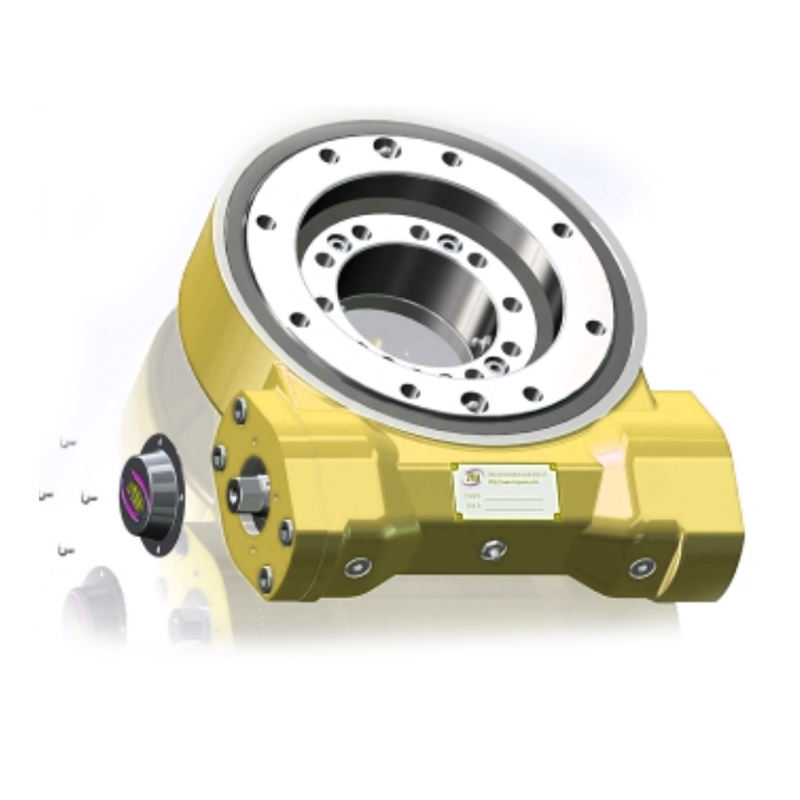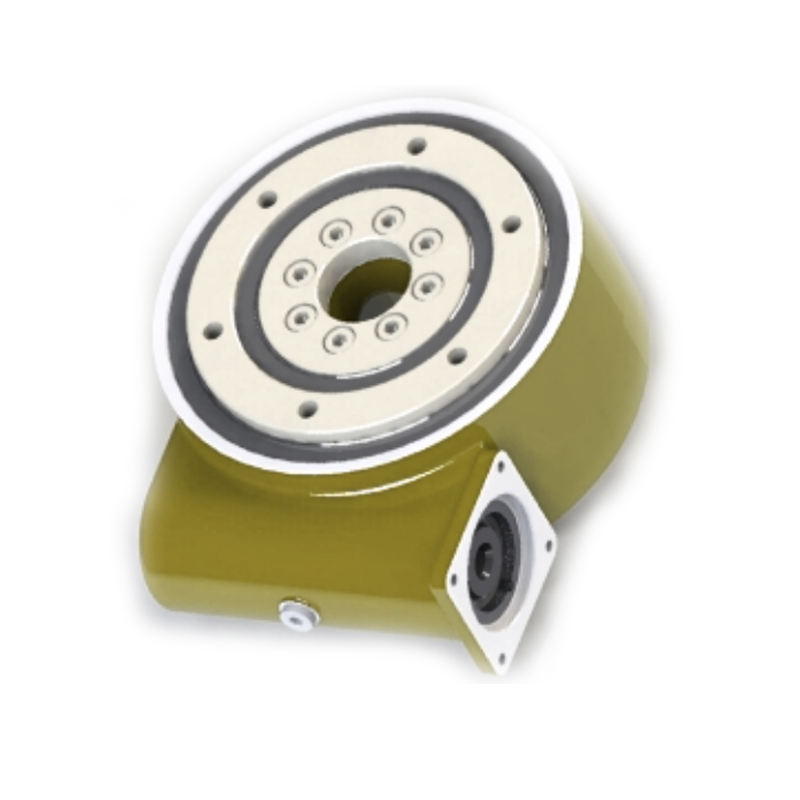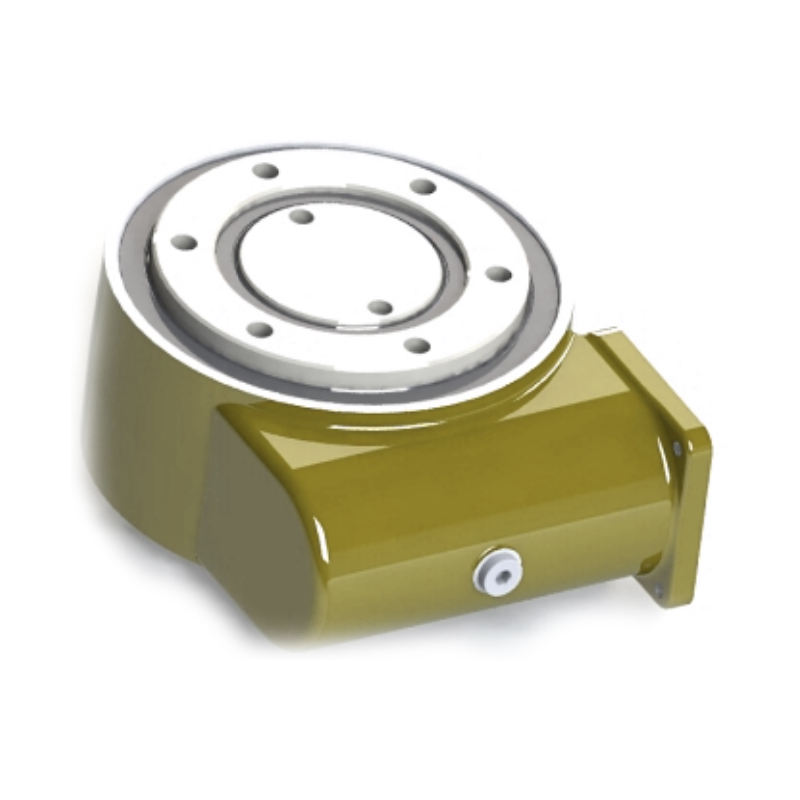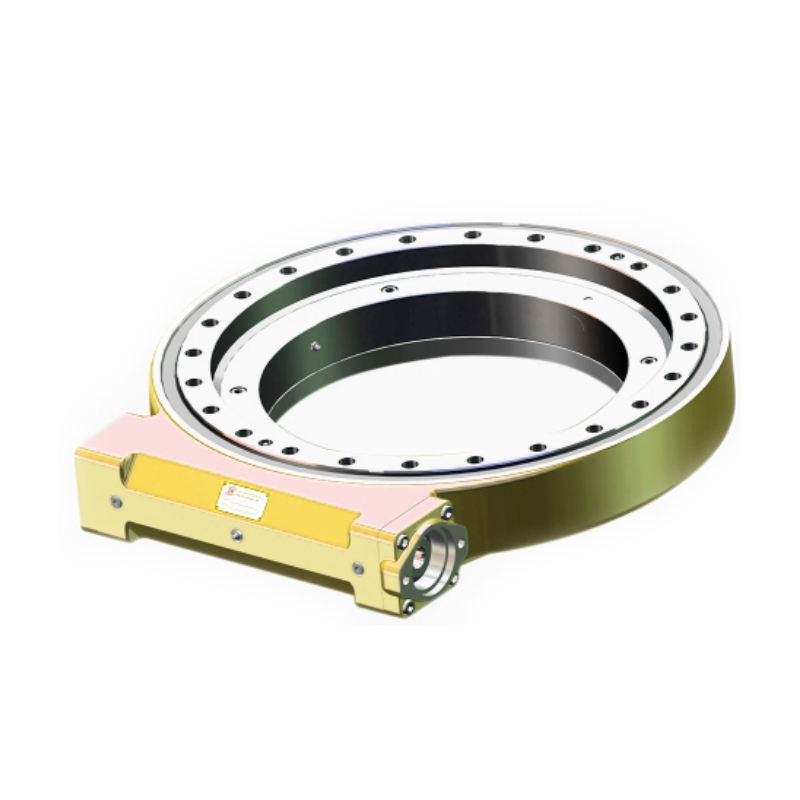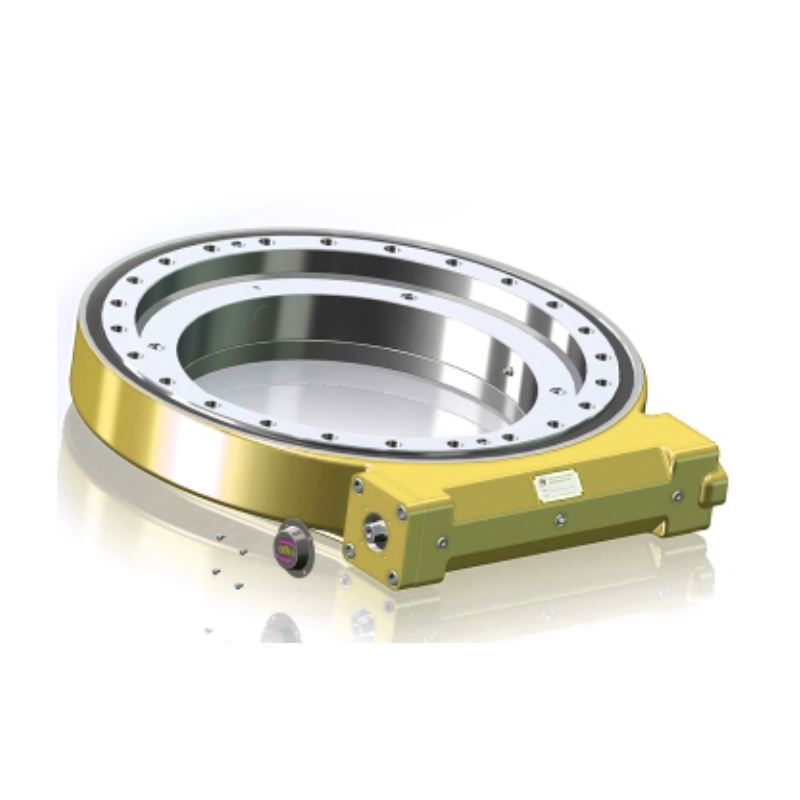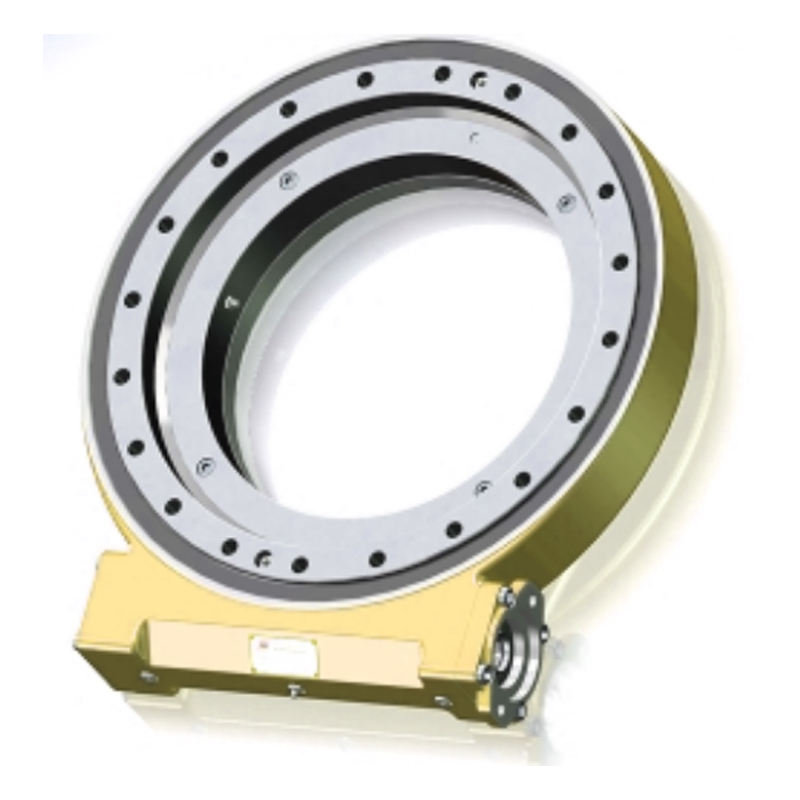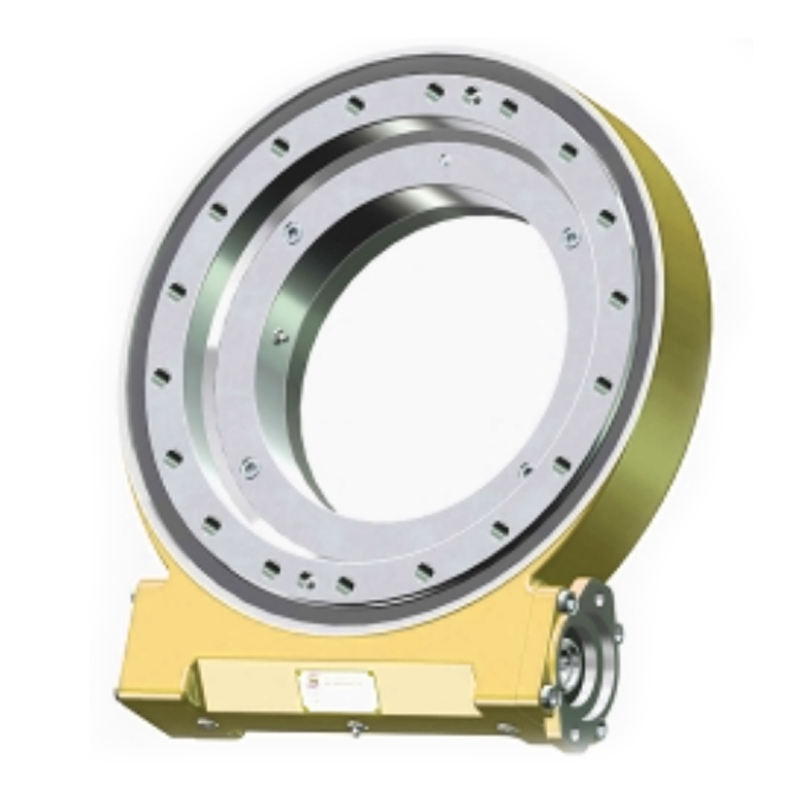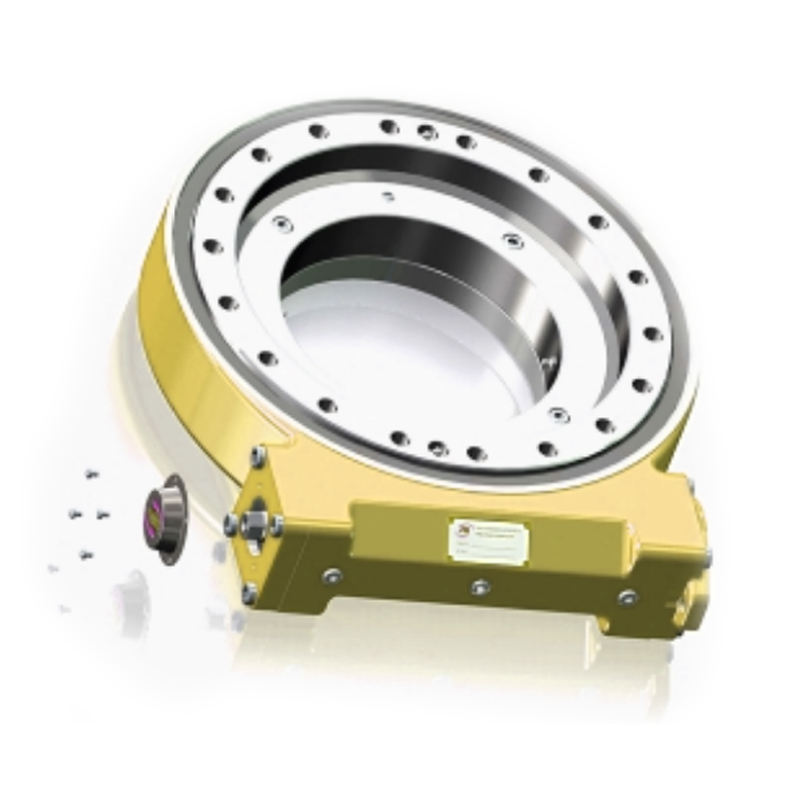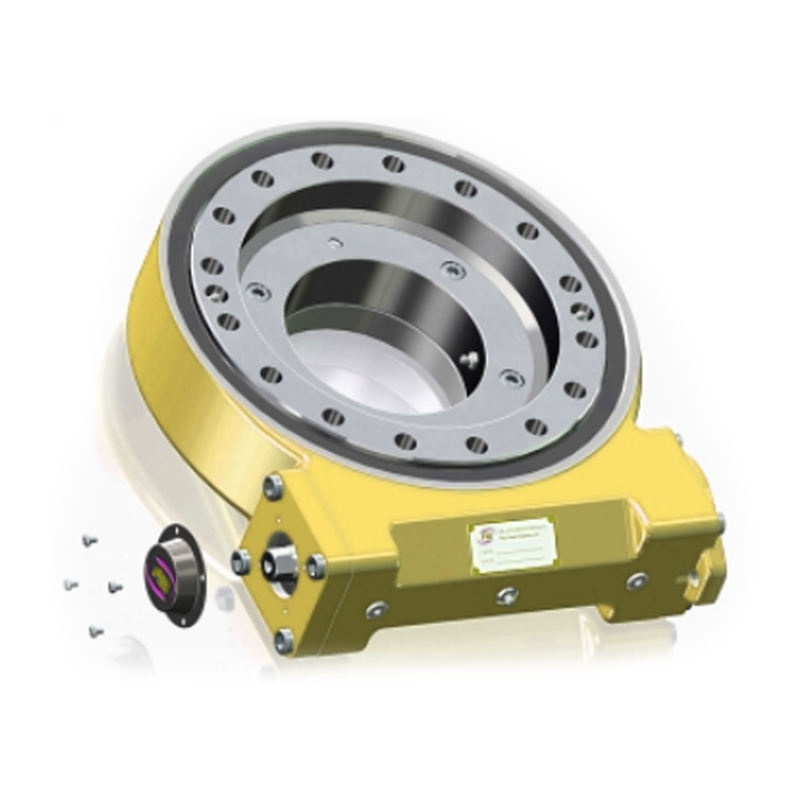A Slewing Drive is a compact, highly efficient gearbox that facilitates rotational movement in heavy-duty applications. It combines a worm gear mechanism with a slewing bearing, enabling smooth and precise rotation under significant loads. Commonly used in industries such as construction, renewable energy, and robotics, slewing drives provide reliable torque transmission and positioning accuracy. Their robust design ensures durability in harsh environments, making them essential for machinery requiring controlled rotational motion.
Our slewing drives are engineered to meet rigorous industrial standards. Below is a detailed table of specifications for different models, helping you select the right product for your needs.
| Model | Max Torque (Nm) | Gear Ratio | Input Speed (RPM) | Weight (kg) | Mounting Type |
|---|---|---|---|---|---|
| SD-100 | 5,000 | 10:1 | 100 | 15 | Flange |
| SD-200 | 12,000 | 15:1 | 80 | 25 | Foot |
| SD-300 | 20,000 | 20:1 | 60 | 40 | Flange |
| SD-400 | 30,000 | 25:1 | 50 | 55 | Foot |
What materials are used in slewing drive construction?
Slewing drives are typically made from high-strength steel for gears and bearings, with housing from cast iron or aluminum alloy. Seals are often nitrile rubber to prevent contamination.
How do I maintain a slewing drive?
Regular maintenance includes lubricating gears every 500-1000 hours of operation, checking for wear, and ensuring seals are intact. Avoid overloading and operate within specified parameters.
Can slewing drives be customized for specific applications?
Yes, manufacturers often offer customization options for torque, size, gear ratio, and mounting styles to suit unique machinery requirements.
What is the typical lifespan of a slewing drive?
With proper maintenance, slewing drives can last over 10,000 hours, depending on load conditions and environmental factors like temperature and exposure to elements.
Are slewing drives suitable for high-speed applications?
No, they are designed for low to medium speed operations with high torque. Input speeds usually range from 50 to 150 RPM to ensure longevity and performance.
How do I select the right slewing drive for my project?
Consider factors like required torque, gear ratio, space constraints, and environmental conditions. Consult technical datasheets or contact suppliers for guidance based on your application.
What are the common failure modes of slewing drives?
Failures often result from inadequate lubrication, overloading, misalignment, or seal damage. Regular inspections can prevent these issues and extend service life.
Can slewing drives be used in underwater applications?
Yes, with special seals and corrosion-resistant materials, they can operate in submerged conditions, but always check manufacturer specifications for water resistance ratings.
